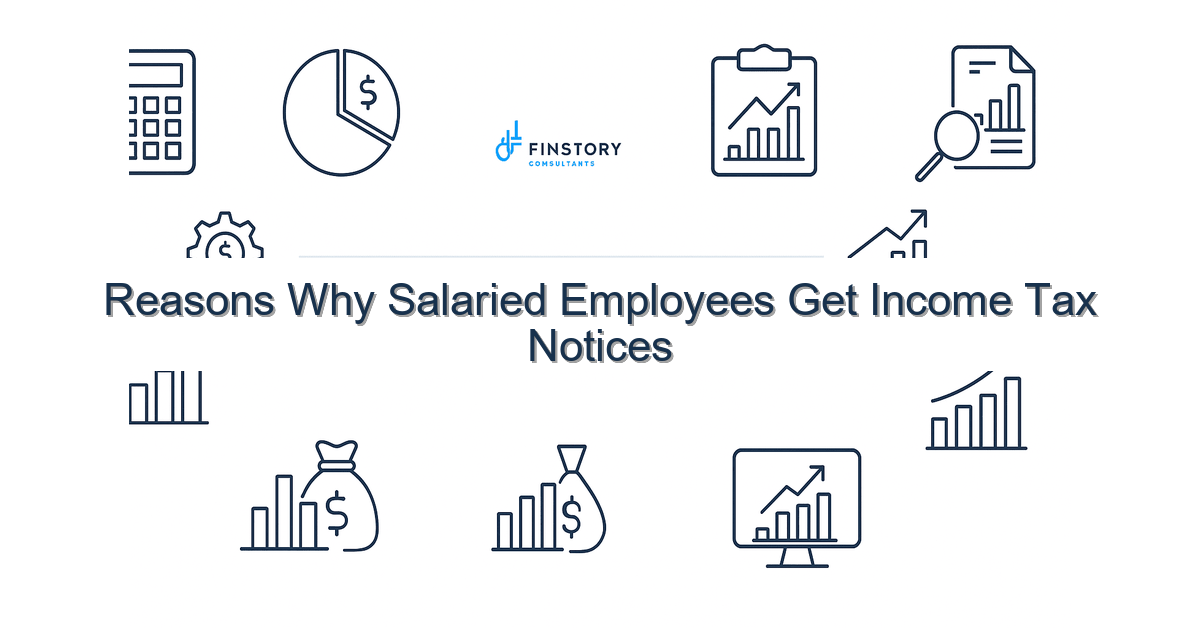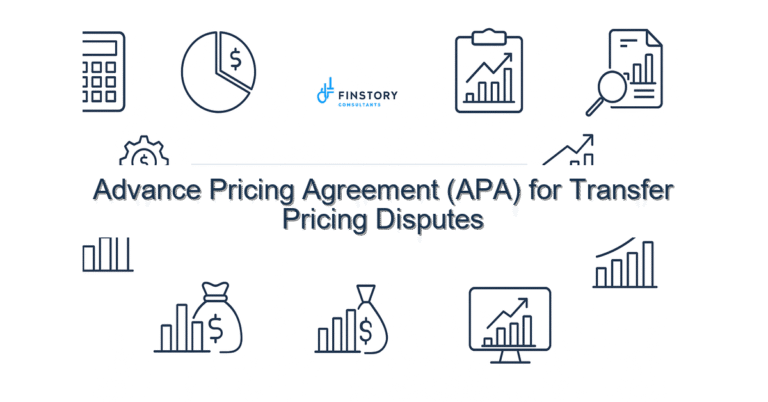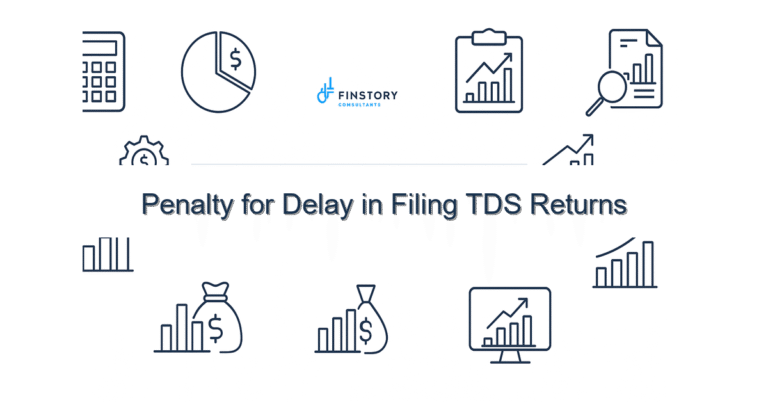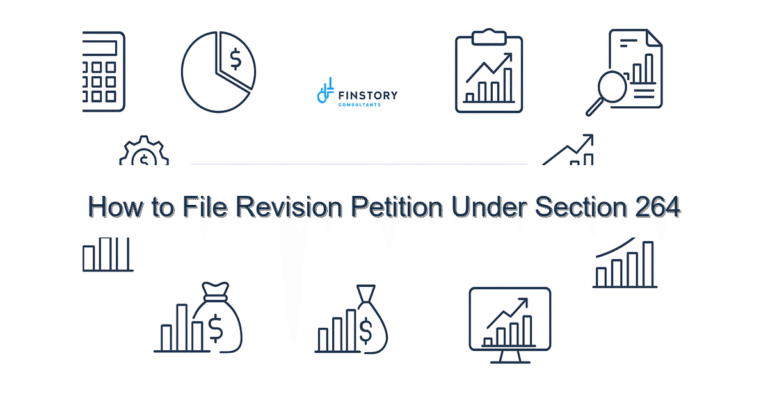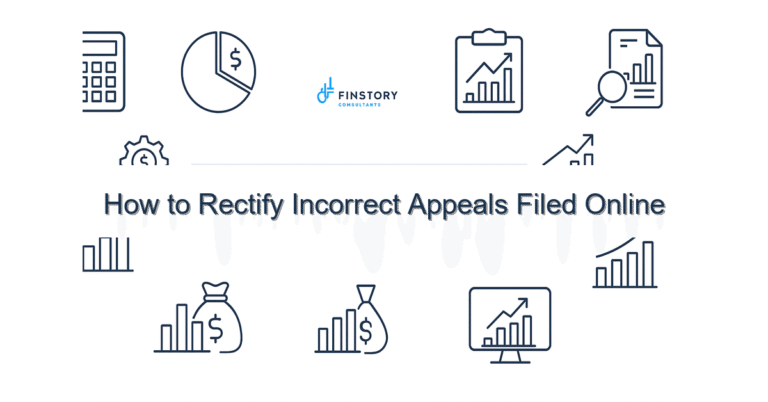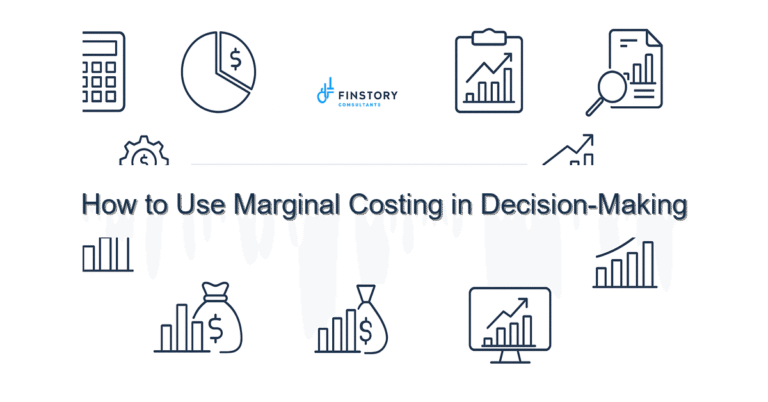Reasons Why Salaried Employees Get Income Tax Notices
Getting an unexpected income tax notice can feel like a punch to the gut — especially when you thought your salary and taxes were in order. You’re not alone: many salaried taxpayers receive notices for issues that are often easy to fix with the right steps.
Summary: Most notices to salaried employees stem from mismatches between reported income, TDS/TCS entries and claims on deductions; checking AIS/26AS, reconciling Form 16, and responding within CBDT timelines usually resolves them quickly.
What’s the real problem in India?
India’s tax system is comprehensive, but the terminology and multiple data sources — AY/PY labels, Form 16, Form 26AS (AIS/26AS), e-filing notices — can confuse salaried taxpayers. The Central Board of Direct Taxes (CBDT) issues timelines and automated notices that are triggered when data from employers, banks, or other payers don’t match your ITR or the AIS/26AS.
- You receive a notice even when you have paid tax — because TDS/TCS entries don’t match AIS/26AS.
- Missed or misreported deductions (Section 80C limit claims, home loan interest) trigger mismatches.
- Errors in reporting capital gains or claiming capital gains indexation cause notices for under-reporting.
- Late ITR submission or incorrect selection between new vs old regime slabs creates tax computation differences.
What people get wrong
Many salaried taxpayers assume their employer’s Form 16 or payroll entry is the final word. They also believe TDS always equals tax liability. Common pitfalls include:
- Not reconciling Form 16 with AIS/26AS before filing the ITR.
- Claiming deductions without proper proofs (e.g., exceeding Section 80C limit or unsupported HRA claims).
- Using the wrong tax regime without re-calculating take-home pay (new vs old regime slabs).
- Ignoring small sources of income — interest, FD TDS, or freelancing income — that should be declared.
- Delaying ITR filing until after the ITR filing last date, which reduces time to fix mismatches and increases penalty risk.
A better approach
Responding well to a notice is as much about process as it is about numbers. Use a simple 4-step framework:
- Gather: Download AIS/26AS from the e-filing portal, collect Form 16, bank statements, and proofs for deductions.
- Reconcile: Match TDS/TCS entries in AIS/26AS with Form 16 and bank credits. Identify unreported or extra entries.
- Resolve: Prepare a response — revise the ITR if required, submit proof through the e-filing portal, or draft a reasoned reply to the AO within CBDT timelines.
- Prevent: Set up a quarterly review process to reconcile TDS/TCS, track deductions (Section 80C limit), and confirm tax regime choices before the year-end.
Real-world example: A mid-level professional received a notice for unreported income of Rs 85,000 arising from FD interest TDS not reflected in Form 16. After checking AIS/26AS and revising the ITR, they received a refund of Rs 7,200 within 45 days and avoided penalties by responding within 30 days.
Quick implementation checklist
- Download your AIS/26AS from the e-filing portal this week and save a copy.
- Compare TDS/TCS entries in AIS/26AS with Form 16 and Form 26QB (if applicable).
- List all income sources: salary, interest, capital gains, freelancing. Don’t forget small FDs.
- Check your claimed deductions vs proofs (ELSS receipts, PPF/EPF, life insurance) against Section 80C limit.
- Decide your tax regime: calculate tax under new vs old regime slabs for current year scenarios.
- If you find a mismatch, prepare a revised ITR or file a corrective response via the e-filing portal.
- Keep communication ready: save emails/receipts from banks and employers for 6 years.
- Track TDS/TCS corrections with the payer and request Form 16 rectifications if needed.
- If you get a notice, respond within the stated CBDT timelines — usually 30 days for a first response.
- Consider professional help if the tax demand is large or if multiple years are affected.
What success looks like
- Refunds processed faster — target: reduce time to refund by 30–50% through proper reconciliation.
- Fewer notices year-on-year — target: reduce notices by 70% with quarterly checks.
- Lower penalties — respond within CBDT timelines to avoid interest and penalty escalation.
- Accurate TDS/TCS claims — claim 100% of eligible TDS credits from AIS/26AS in ITR.
- Optimised tax outgo by correctly choosing between new vs old regime slabs and fully utilising Section 80C limit.
Risks & how to manage them
- Risk: Ignoring notices leads to escalated demand. Mitigation: Always acknowledge receipt and respond within the stated timeline.
- Risk: Incorrect revised ITR increases scrutiny. Mitigation: Use documented reconciliation and professional review before filing revisions.
- Risk: Penalty interest for late payment. Mitigation: Pay disputed tax under protest (if feasible) and then pursue recovery via appeal to reduce interest exposure.
- Risk: Wrong regime selection cuts take-home pay. Mitigation: Run year-to-date calculations and simulate tax under both regimes before FY close.
Tools & data
Use official and third-party tools to make reconciliation easier:
- AIS/26AS (Annual Information Statement) — primary source for TDS/TCS and other reported receipts.
- Income tax e-filing portal — respond to notices, file or revise ITRs, upload proofs.
- TDS/TCS tracking tools — many payroll and fintech apps help reconcile TDS entries monthly.
- Bank statements and Form 16 — employers and banks are often the fastest route to correct TDS errors.
- Guides on capital gains indexation for property or mutual funds and tools to calculate indexed gains.
FAQs
Q: I received a notice saying ‘Income not reported’ but my Form 16 shows TDS. What now?
A: First, check AIS/26AS to confirm the TDS entry. If AIS/26AS lacks the TDS, request your employer or bank to file TDS correction. If AIS/26AS shows the TDS but your ITR does not, revise the ITR or respond to the notice with proof.
Q: What is the ITR filing last date and does missing it trigger notices?
A: The ITR filing last date varies but missing it can increase scrutiny and penalties. File as soon as possible — you can still file a belated return and reduce notice risk, but penalties may apply.
Q: Can I switch between the new vs old regime slabs mid-year?
A: You choose the regime annually when filing ITR. For salaried employees, evaluate tax using both new vs old regime slabs before the FY-end to decide which is better.
Q: How long do I have to respond to an income tax notice?
A: Notices typically specify a deadline; CBDT timelines often expect responses within 30 days for first-stage notices. Respond early and request more time if needed.
Next steps
If you’ve received a notice or want to avoid one, start with AIS/26AS reconciliation and a quick review of your Form 16 and deduction proofs. For complex mismatches — TDS not reflected, capital gains indexation issues, or multiple-year notices — professional help speeds resolution and reduces risk.
Work with Finstory. Speak with an Expert for a personalised plan to reduce your tax outgo and stay compliant. Book a free 20-min consultation.
[link:ITR guide] [link:tax-saving tips]
📞 Need help with Income Tax in India?
Book a 20-min consultation with our tax team. Individuals, founders & MSMEs welcome.
Prefer email or phone? Write to info@finstory.net
or call +91 44-45811170.
